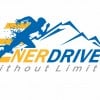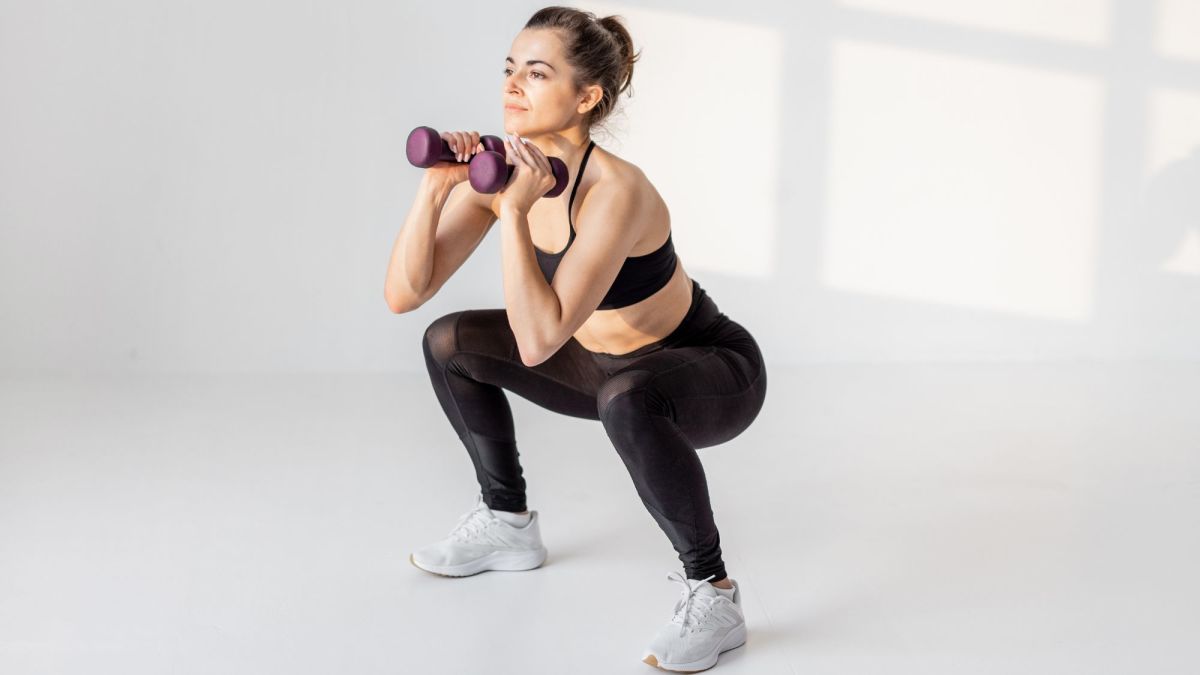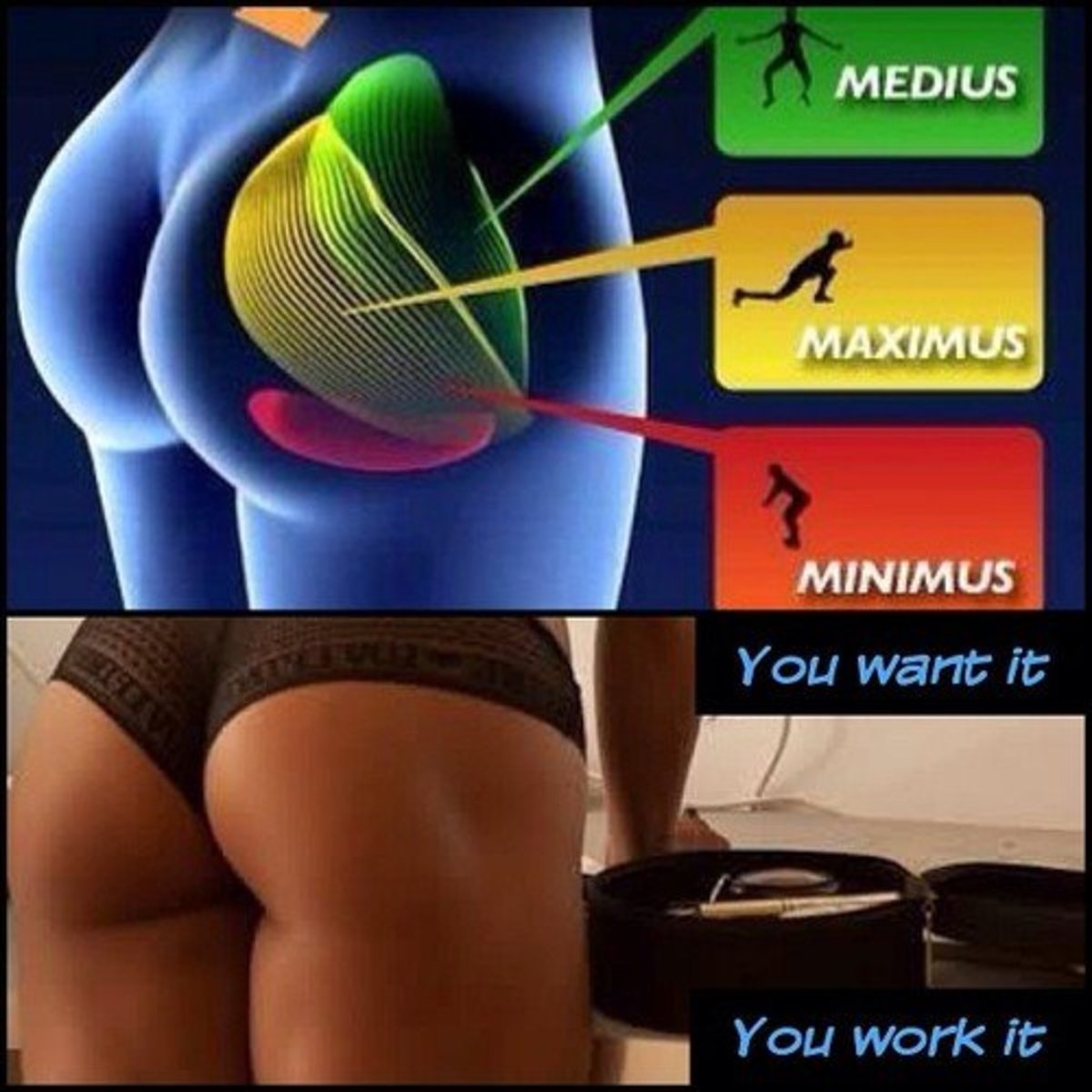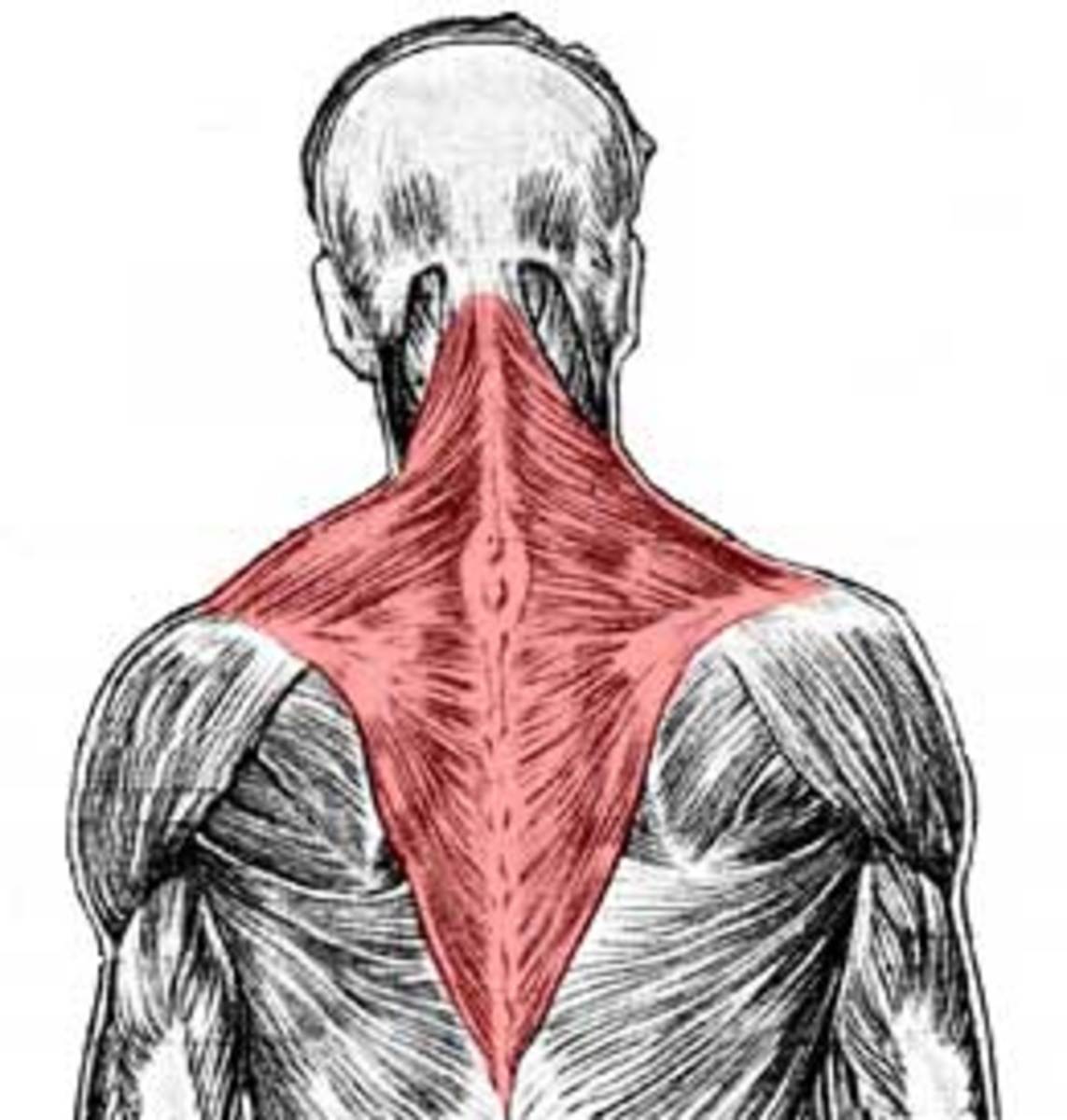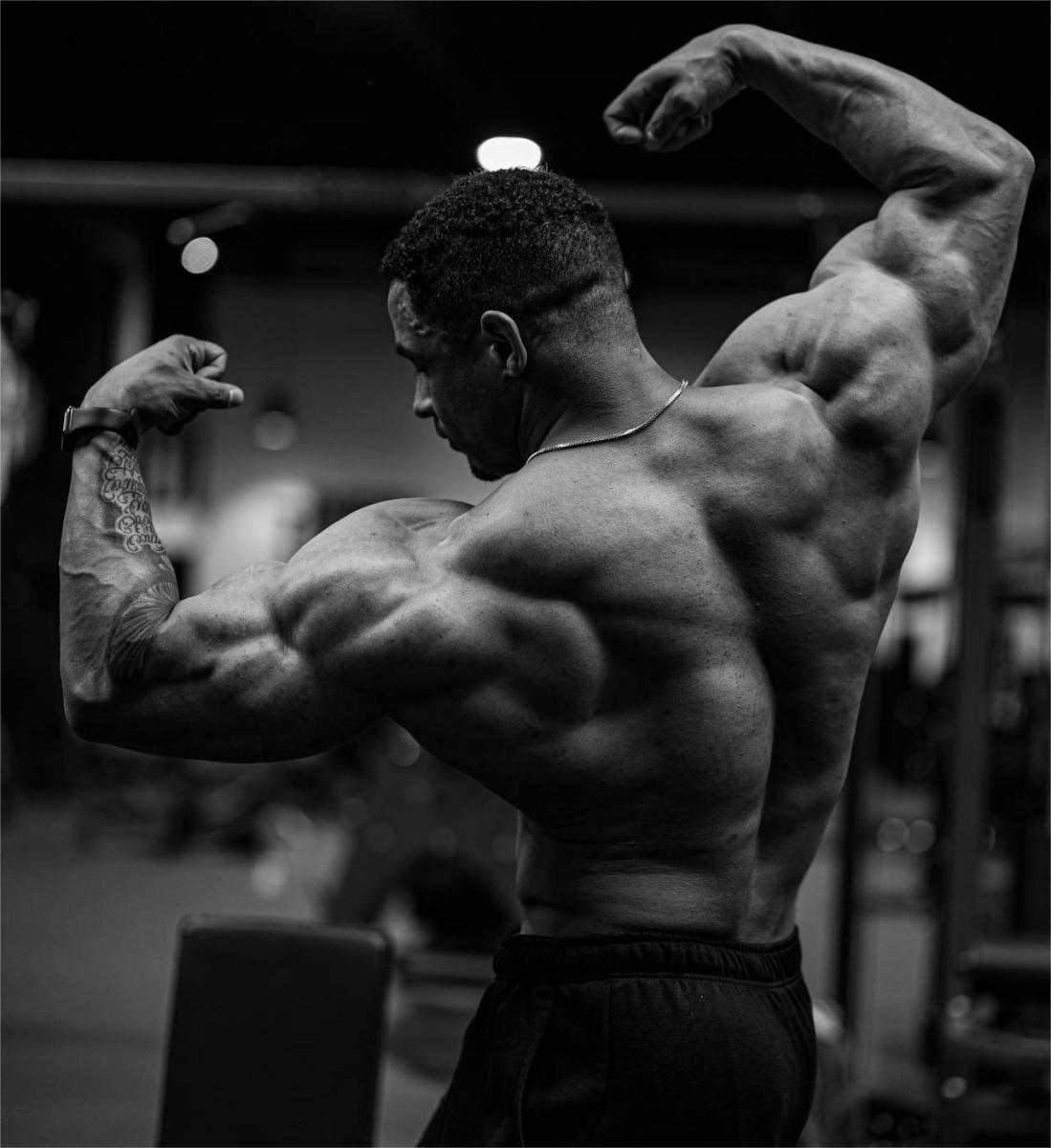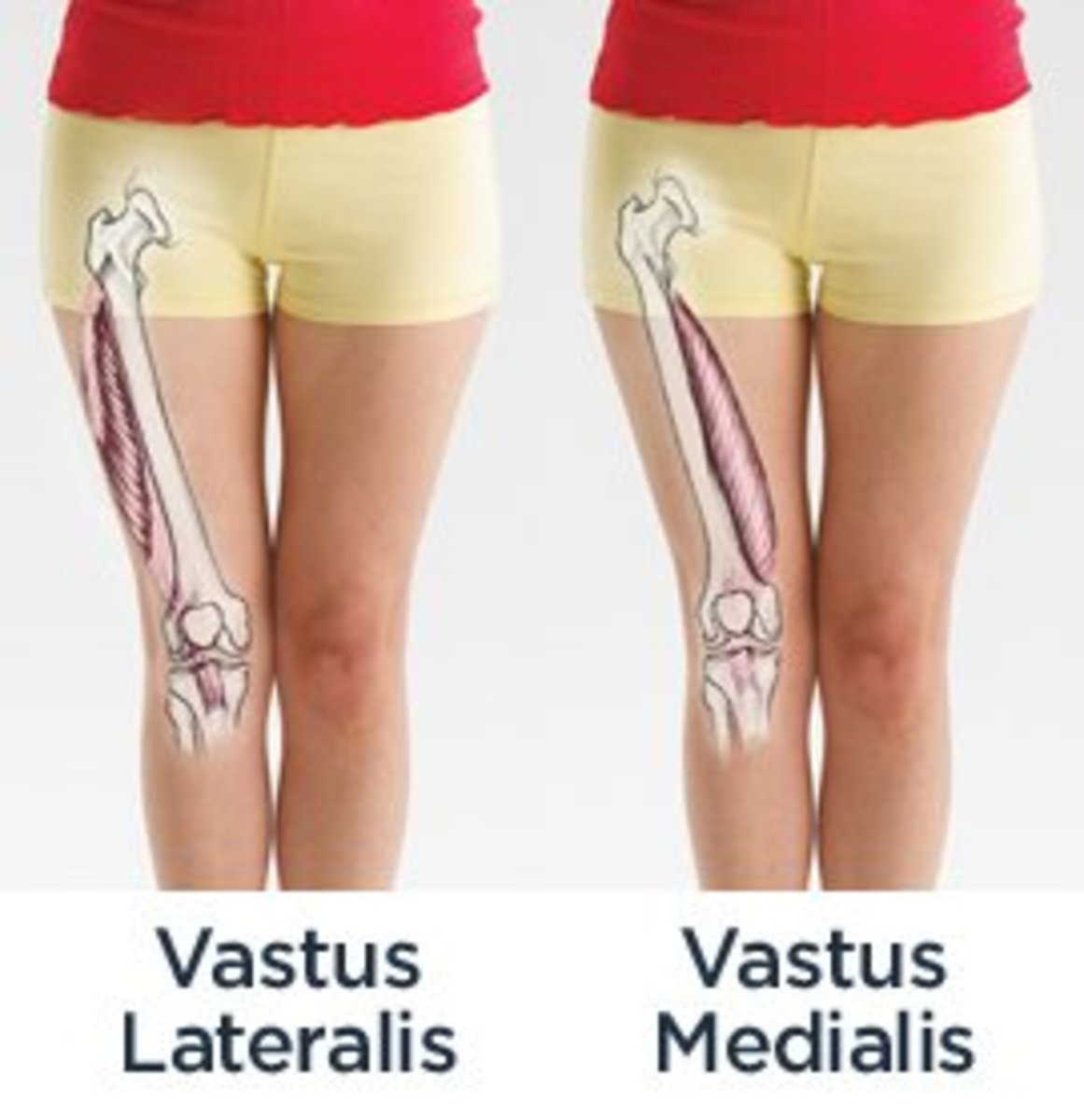Squats 101
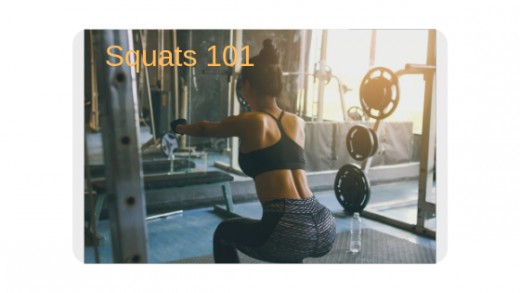
Squats are one of the basic exercises that works the lower body; beginners who start working out start with squats to develop their glutes. Squats are more than just a butt exercise; in fact, squats also work many different muscle groups along the way, hamstrings and quadriceps being the ones you are familiar with. On paper doing a squat should be a simple move to do, but there are somethings to keep in mind when preforming a squat. In short, preforming squats with bad form can waste your efforts in building your lower body and lead to injury (especially if you add weight).
Improper form
If you want to build stronger butt muscles then you need to add weight to your squats, but before you start adding weight you want to make you sure you’re performing a proper squat first. When preforming a squat, there’re three places you’re liking to feel any tension.
Lower back
If you feeling any tension in your lumbar spine, this is due to a weak core muscles and gluteal muscles. What happens here is that when preform the squat movement your pelvis tilts forward, because your core and gluteal muscles aren’t strong enough to counter the force of the hip flexor and erector spinae as pull the pelvis forward.
Quads
This is when you rely on your quadriceps during the downward motion of the squat. This is a common mistake people make in doing squats. The problem begins to occur when it’s time to return to the starting position; since you put everything in your quads your glutes doesn’t have enough force during the upward motion putting everything on your knees, which could lead to injury (BE CAREFUL).
Glutes
This is where you want to feel it at obviously; this is when the glutes take on the load during the squat movement. During the downward phrase your hips should be moving backwards as if you were sitting creating a hinge with your hips. This allows you to generate enough force to drive back to the starting position. Your form allows you to target your hamstrings better. This also means you don’t put stress on your knees or your lower back.
Vision cues
Try to get in front of a mirror or have someone watch your form; before you begin ask yourself these questions:
- Are you standing up straight? Make sure you’re standing up straight with your head up and your chest out. Never at any time during this movement should you be looking down.
- Are your pelvis and/or knees pushing forward? Your knees should not go pass you toes during a squat and your pelvis should not be moving forward. In a squat, you’re basically preforming a sitting movement.
- Do your knees pull in towards each other? If your knees begin to cave inward this is could be a sign that you have weak hips, tight ankles, or improper function of the quads and hamstring during the movement. This is also another reason why you shouldn’t use any weights until you understand the mechanics of the squat.
- Are your hips squared? If your hips are open on one side this creates a muscle imbalance, because one side will take on more of the load than the other. Squeeze your glutes together to square your hips; this also help you target your glutes more while at the same time take pressure off the lower back.
- Did you have any trouble returning to the starting position? Some people can go down a lot farther than others due mobility in their hips, so if you’re starting off doing squats only go as far as you possibly can. If you go pass a comfortable position, you’ll put pressure on unwanted areas such as your lower back.
Squats are the building blocks of building muscles; it does more than just build your lower body, but it also helps you with your lifts. Therefore, it’s important to know how to do a proper squat; in short, this is not one exercise you want to half ass on. Once you learned how to do a proper squat you can go on and add weight to your reps as well as variations.
Sumo squats
A sumo squat is the same as a regular squat, except for the placement of the feet. In sumo squat your feet are placed in a wider stance and it also focuses more on the inner thigh abductors, which moves your leg towards your body and glutes.
Dumbbell squats
Using dumbbells during your squat adds resistance to your squats. With a set of dumbbells by your side, you simply preform the squat. If you’re new, start off with the dumbbells before going to the barbell.
Barbell squats
The barbell squat is the popular squat; by placing the barbell on your upper back and maintaining a proper squat you can really pack on some muscle.
And remember, quality is better than quantity.
This content is accurate and true to the best of the author’s knowledge and is not meant to substitute for formal and individualized advice from a qualified professional.
© 2019 Derrick Bennett
